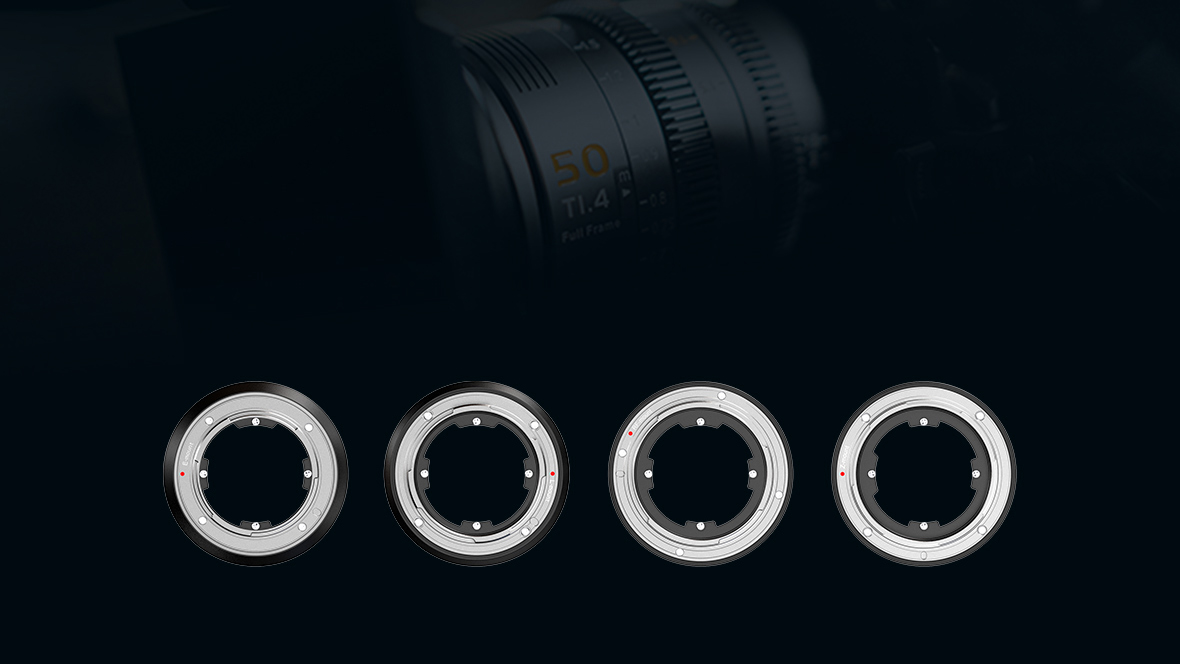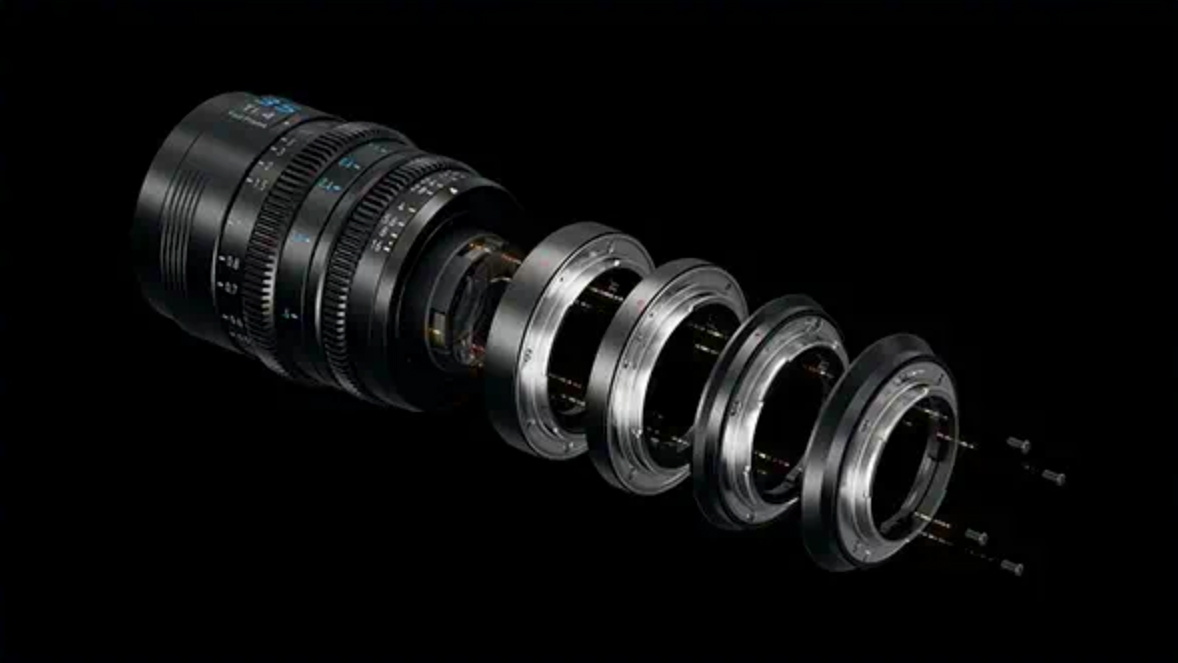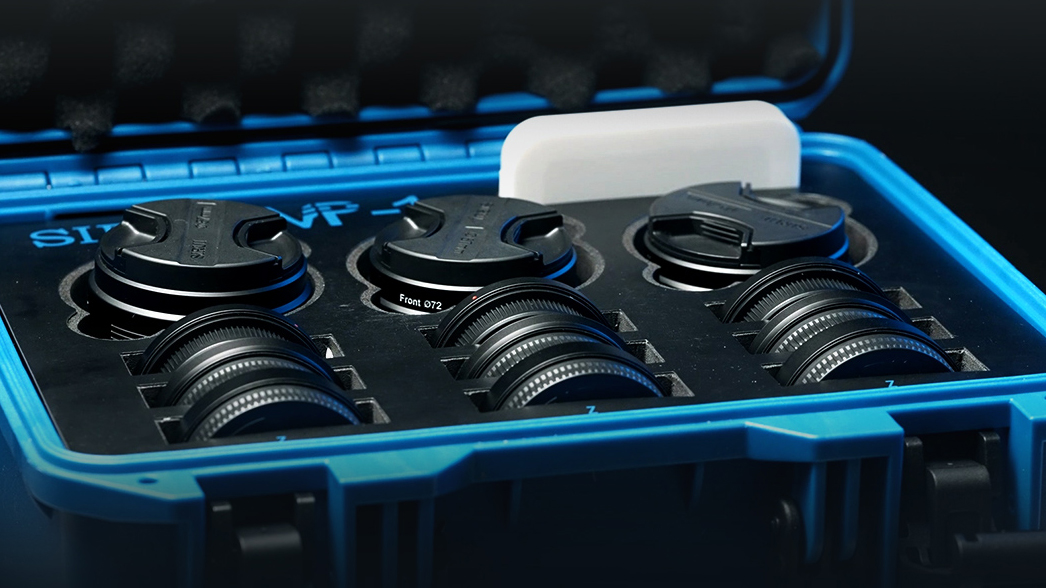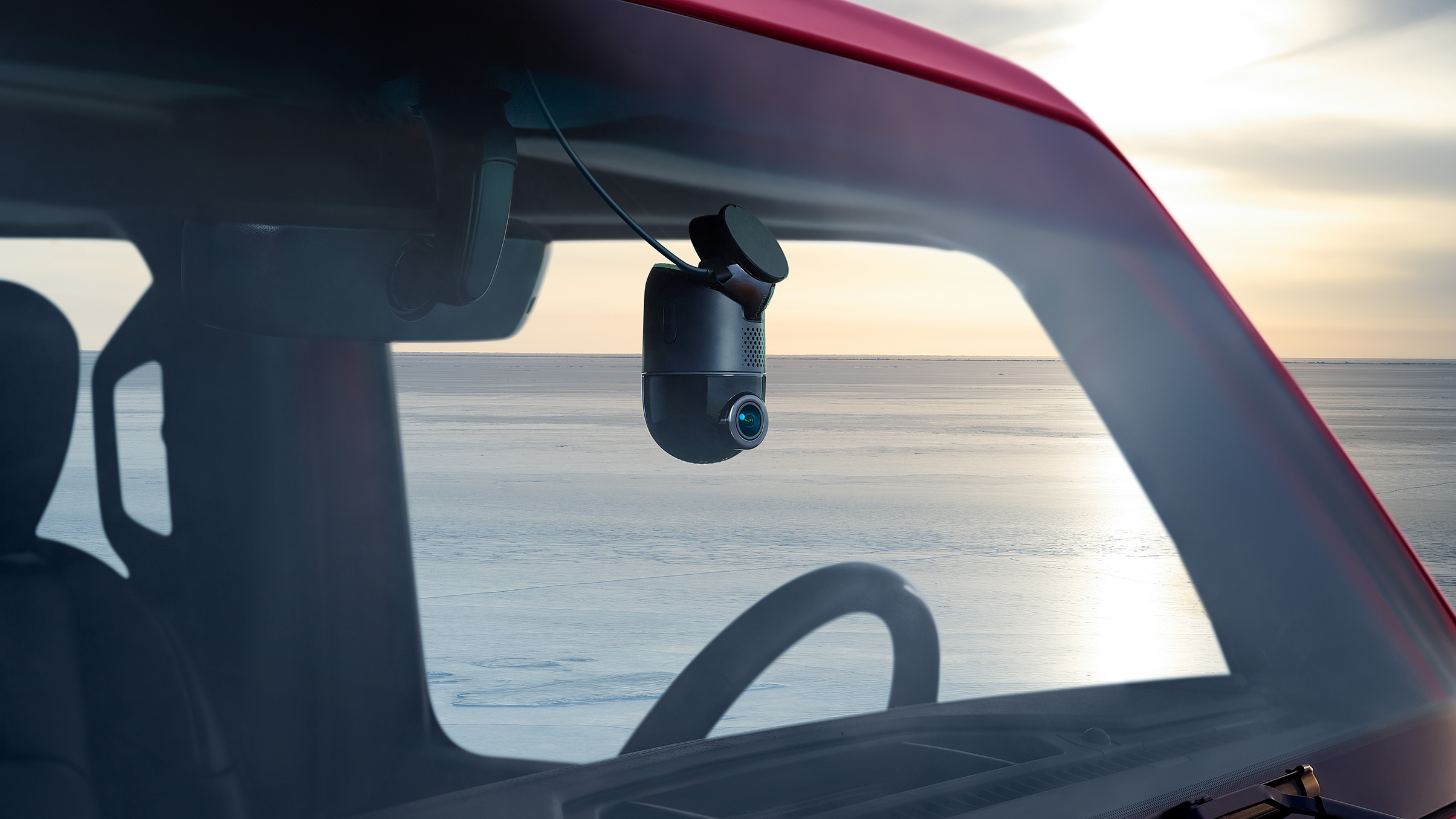Is Sirui’s interchangeable lens mount the future of third-party lenses?
Could swapable lens mounts without adapters become the new industry standard?

Sirui has made an interesting move in the cine lens market with its latest release – interchangeable lens mounts that come included in the box!
This feature enables users to swap mounts to fit different camera brands' without relying on third-party lens adapters. Instead of adding an adapter between the camera and lens, users physically change the lens mount itself by removing screws and attaching a new mount. It may seem like a small innovation, but it has the potential to reshape the way we think about third-party lenses for consumer cameras, especially in the world of manual focus and cine lenses.
For years, photographers and filmmakers have had to rely on adapters to use lenses across multiple camera systems. While adapters have made lens compatibility more flexible, they come with drawbacks. Adapters can introduce instability, cause loss of functionality, or add unwanted bulk. In cine lenses, where precise manual focusing and uniformity are key, even minor inconsistencies in mount fit can be frustrating. For many users, an integrated solution that doesn’t require an extra piece of gear is a welcome change.

Sirui’s new VP-1 cine lenses take a different approach. Rather than requiring users to buy an adapter, these lenses come with Sony E, Canon RF, Nikon Z, and L mounts in the box, enabling users to physically remove and replace the existing lens mount to switch between mirrorless camera systems. This is particularly valuable in professional and indie filmmaking, where camera setups change frequently, and lens flexibility is essential. Since cine lenses are manually focused by design, I imagine the lack of electronic contacts makes this approach feasible without major engineering hurdles.
This innovation raises an important question, however, will other third-party lens manufacturers follow suit? While Sirui’s solution is tailored to cine lenses, manual focus lenses in general could greatly benefit from this approach. Brands like Laowa, Samyang, and even Zeiss might consider adopting interchangeable mounts instead of forcing users to buy separate versions of the same lens for different systems.
The challenge, of course, lies in autofocus lenses. Unlike manual focus glass, AF lenses require electronic communication with the camera body, which complicates the interchangeability of mounts. Brands like Sigma and Tamron would need to develop advanced contact systems to maintain AF and electronic aperture control while still allowing for easy mount swaps. While this might be a major technical hurdle, it may not be an impossible one.
Now, we have seen adaptable lens mount features on consumer lenses in the past, with the Tamron Adaptall 2 system launched in the 1970s for 35mm SLRs coming to mind. However, this did not include the mounts in the box alongside the lens and instead required an additional purchase. Not to mention that this system hasn't been developed in a number of years, and Sirui’s approach makes a lot of sense in the modern world, where camera systems are constantly evolving, and more users are working across multiple brands.
Get the Digital Camera World Newsletter
The best camera deals, reviews, product advice, and unmissable photography news, direct to your inbox!
If interchangeable mounts become the norm for manual focus lenses, we could see greater longevity and value in third-party glass, reducing the need for adapters entirely. It remains to be seen whether this will catch on industry-wide, but for now, Sirui’s innovation is a step in the right direction.

you might also like
Check out our guides to the best cine lenses and the best camera for filmmaking.

Kalum is a professional photographer with over a decade of experience, also working as a photo editor and photography writer. Specializing in photography and art books, Kalum has a keen interest in the stories behind the images and often interviews contemporary photographers to gain insights into their practices. With a deep passion for both contemporary and classic photography, Kalum brings this love of the medium to all aspects of his work.
You must confirm your public display name before commenting
Please logout and then login again, you will then be prompted to enter your display name.
